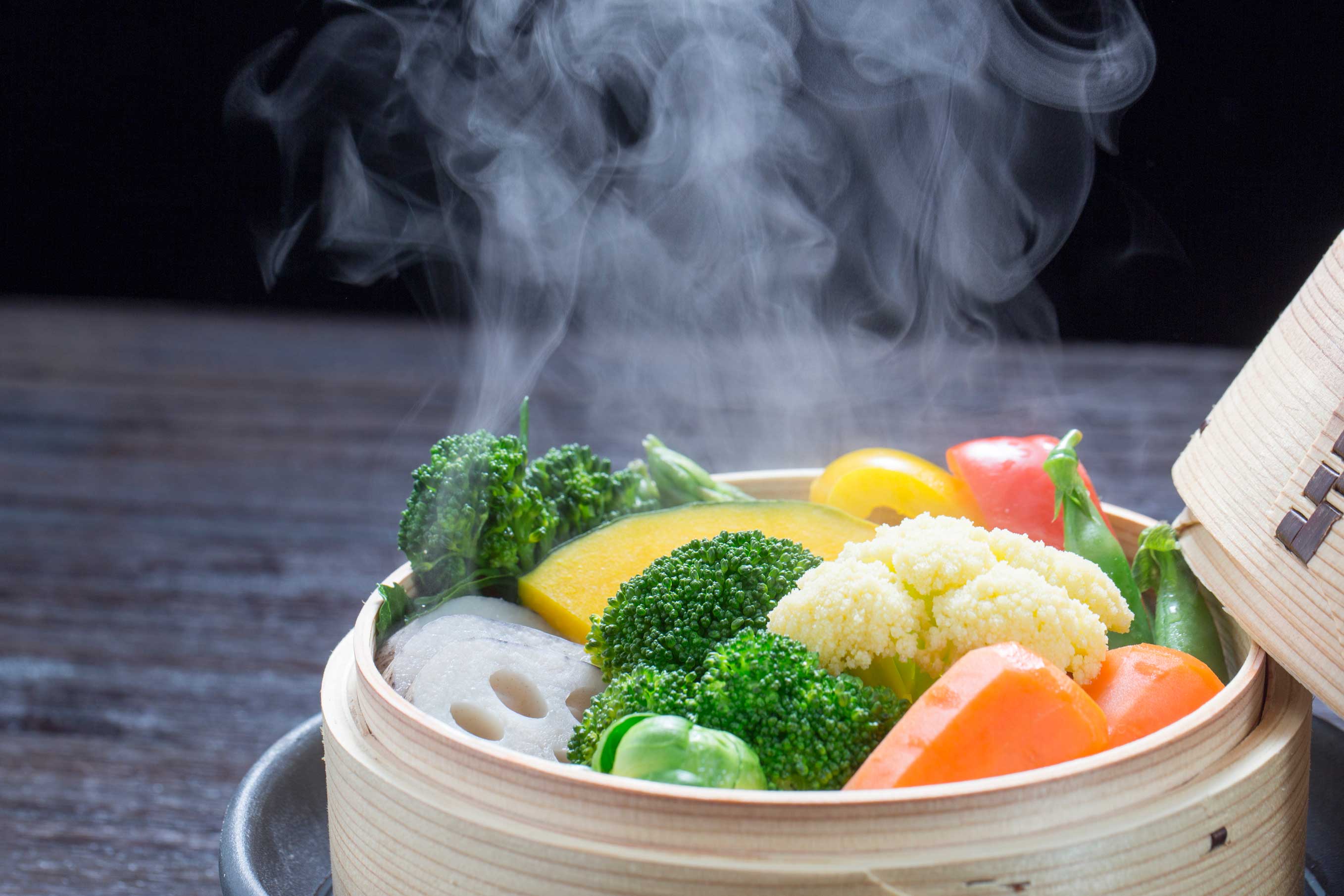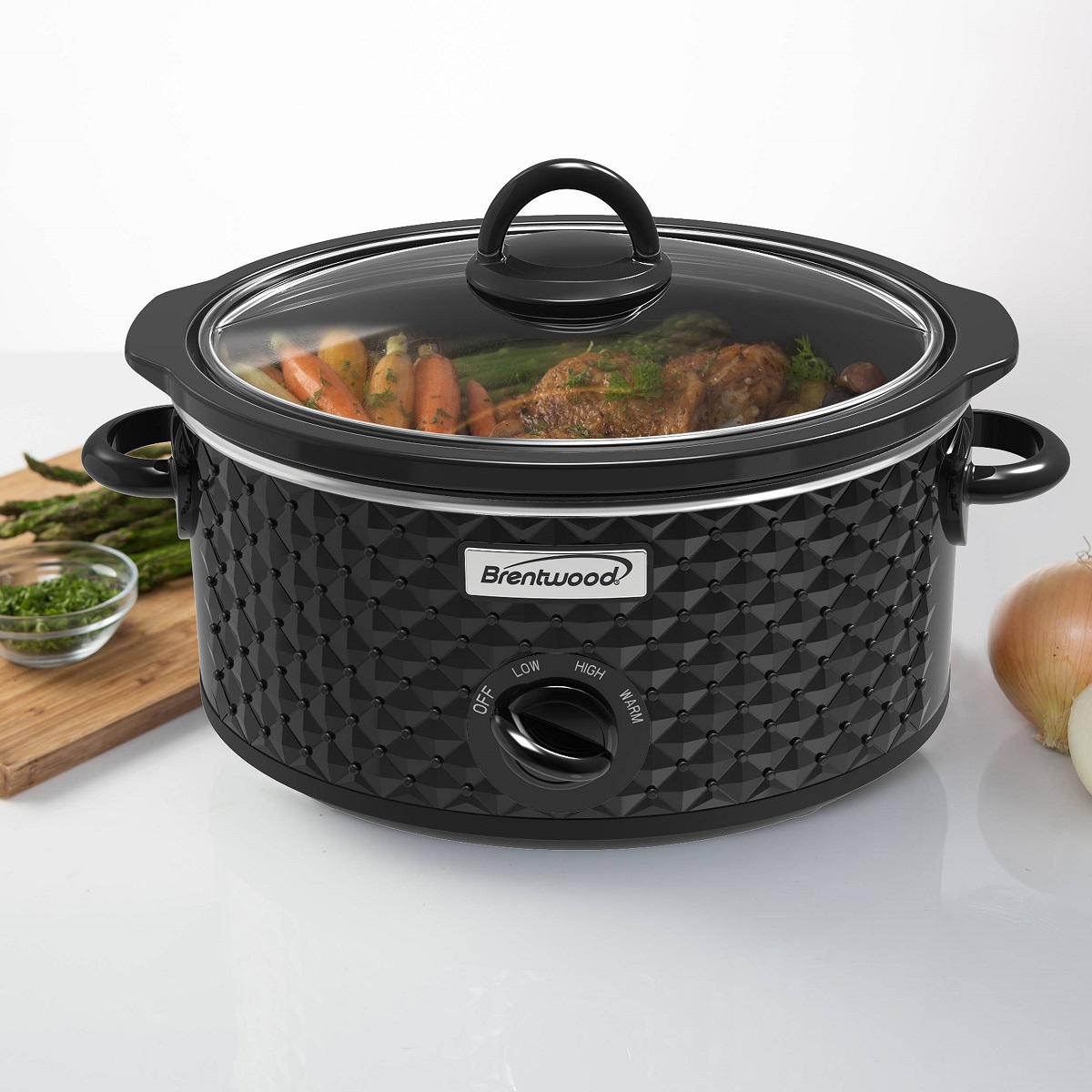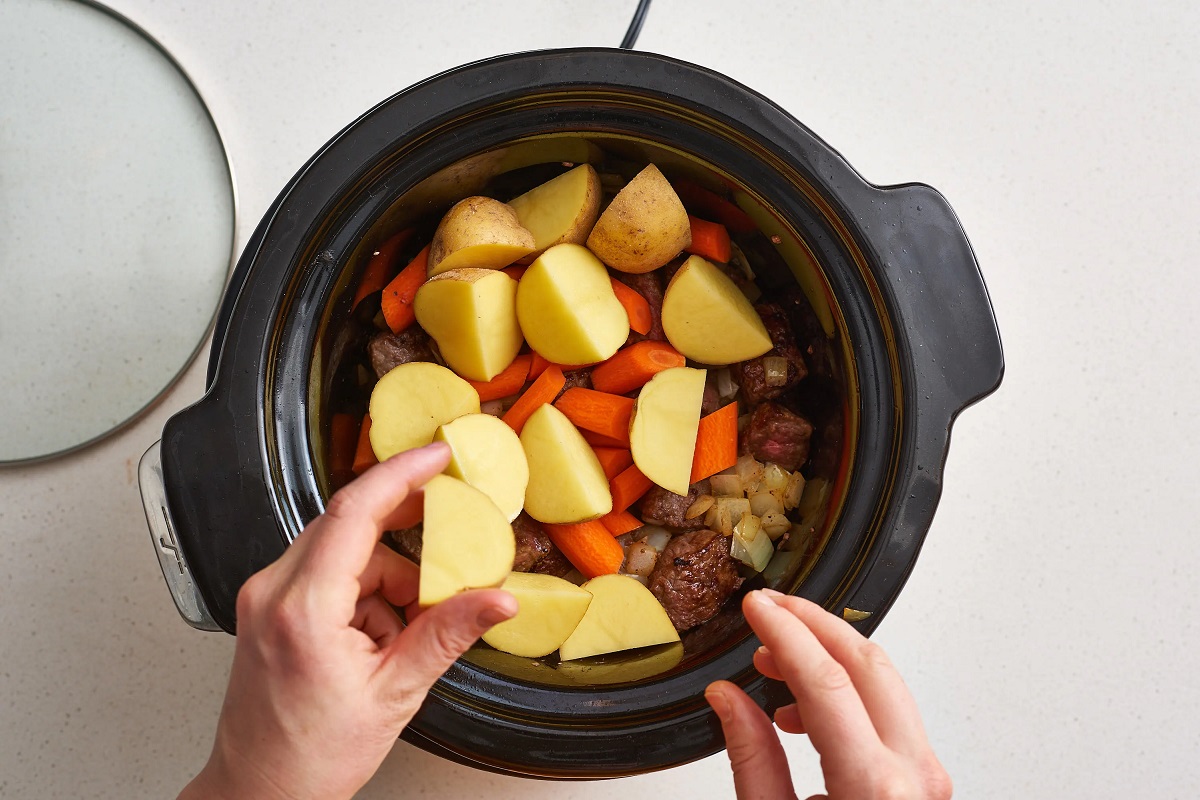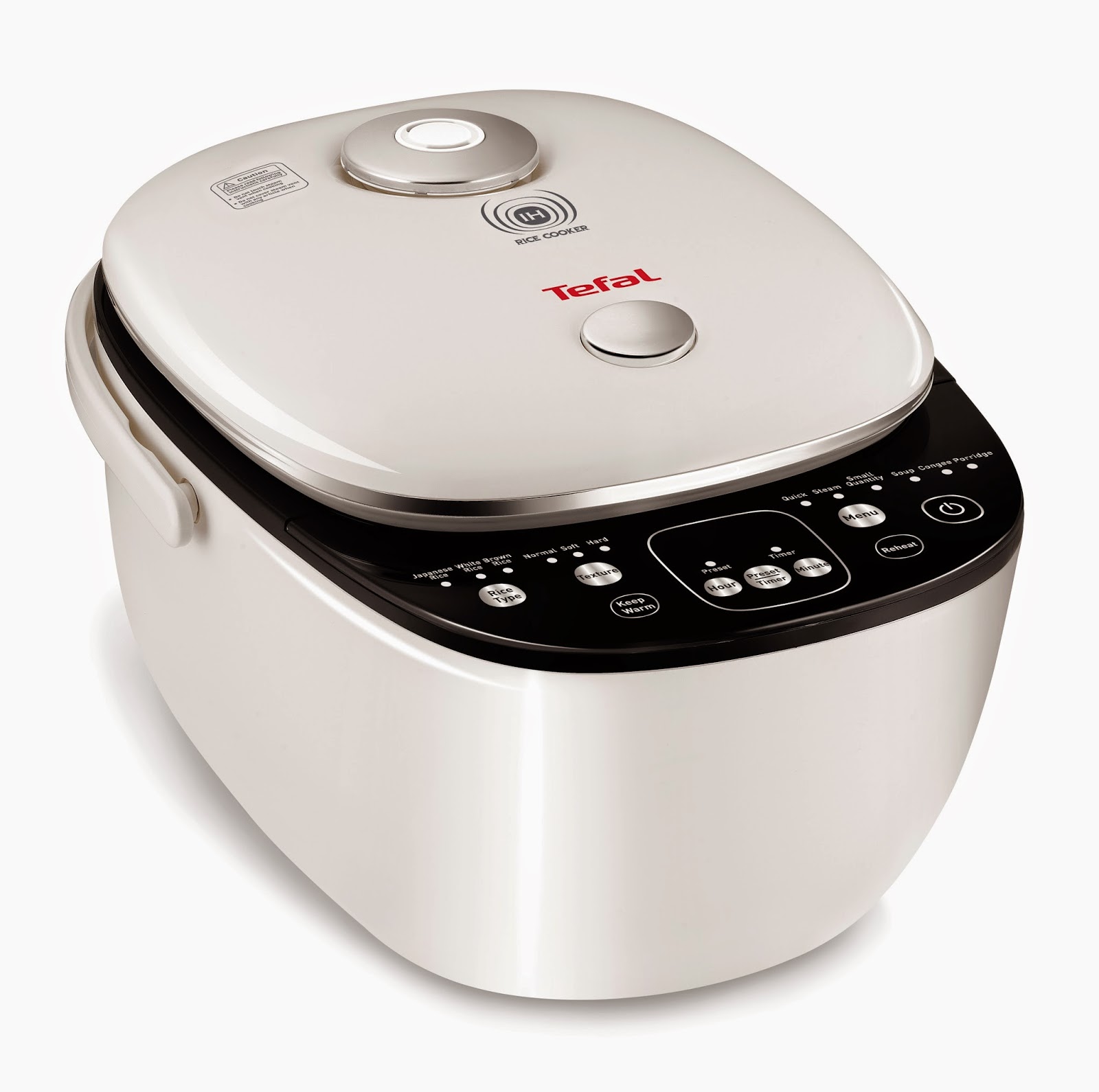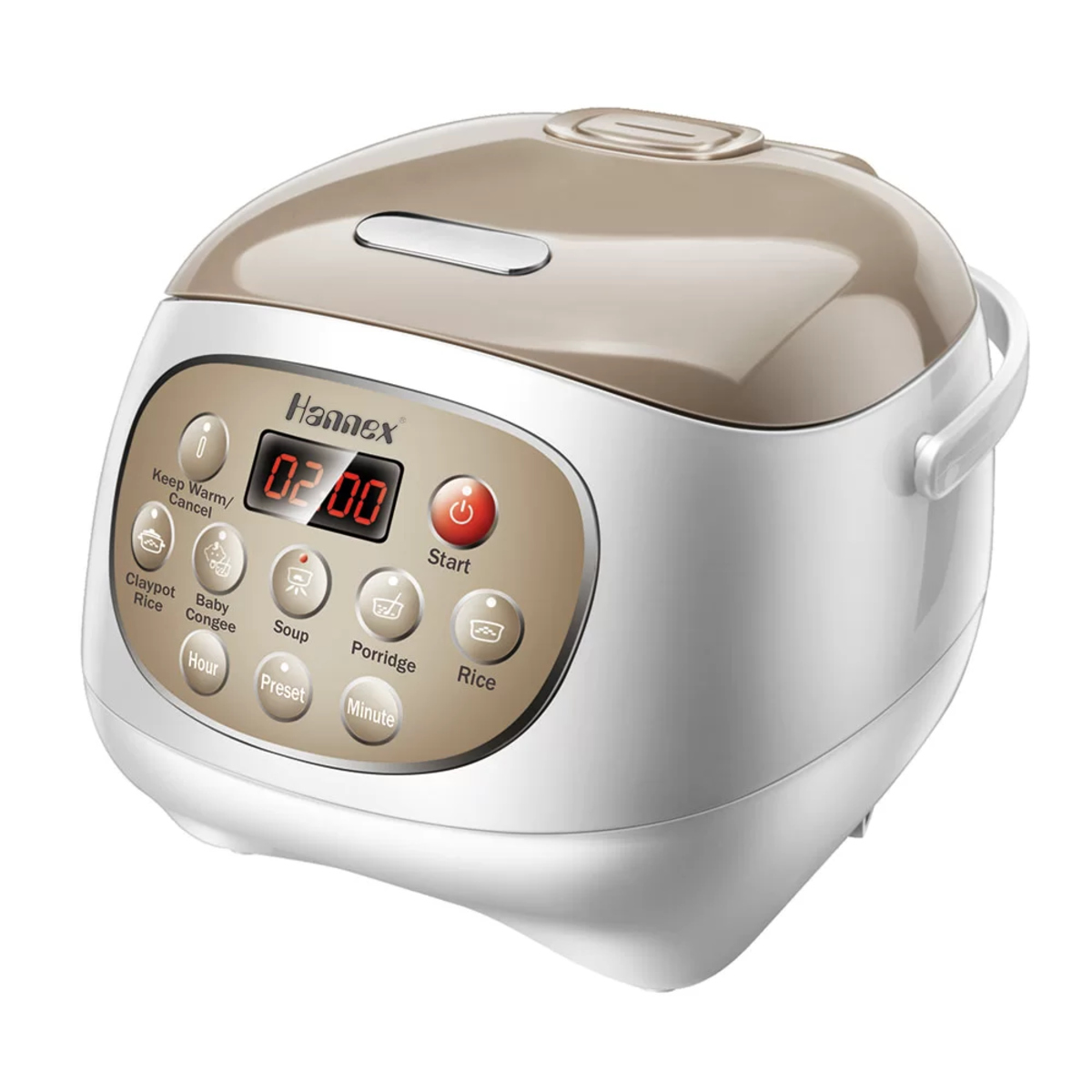Home> Healthy Cooking Options
Healthy Cooking Options: Ultimate Guide to Nutritious Meal Choices
Discover healthy cooking options that are both delicious and nutritious. Transform your diet today with our comprehensive guide on balanced eating.
What Can I Cook In My Instant Pot, Air Fryer, Waffle Iron & More
By: Noah Bennett • Articles
Drew Barrymore’s Air Fryer Tips: For Perfect, Crisp Cooking
By: Benjamin Parker • 45 Best Kitchen Storage Ideas You Can't Miss Out On


